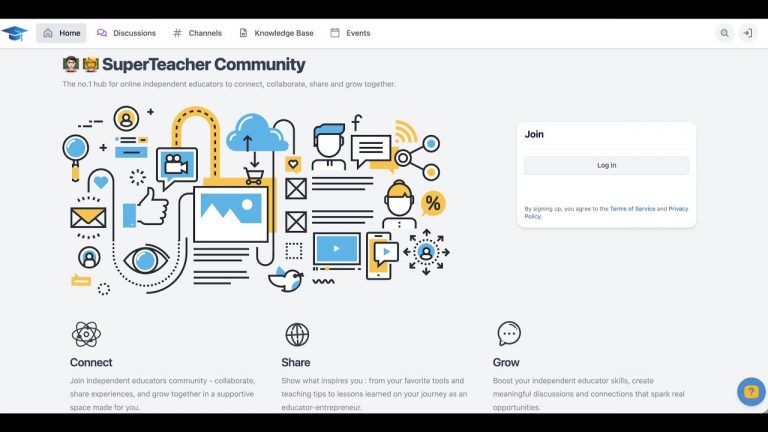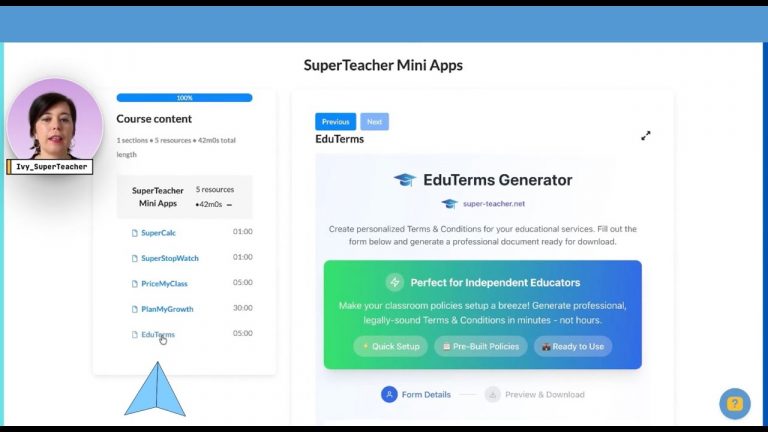
Teaching online can be a rewarding yet challenging experience. One of the most common hurdles educators face is dealing with uninterested students. In this blog, we’ll explore effective strategies to engage young learners and teenagers, making your lessons more interactive and enjoyable.
Understanding the Challenge
Before diving into practical tips, it’s essential to understand why some students might appear uninterested. Factors such as the online learning environment, fatigue, personal issues, and even our teaching style can play a significant role in student engagement. Recognizing these factors can help you tailor you approach more effectively.
Strategies to Engage Uninterested Students
Here are some practical strategies to keep students engaged during online lessons:
1. Build a Connection
Establishing a personal rapport with students can significantly enhance their interest. Take the time to know them, their interests, and their motivations for learning English. This knowledge can help you tailor your lessons to include relevant topics that resonate with them.
- Use Icebreakers: Start each class with fun icebreakers or personal sharing. This will make students feel more comfortable and engaged.
- Show Genuine Interest: Ask about their hobbies and interests and incorporate those into your lessons. For example, if a student loves soccer, discuss soccer-related vocabulary or practice dialogues around a soccer match.
2. Make Lessons Interactive
Interactive lessons can stimulate interest and participation. Incorporate various activities that require active involvement from students.
- Group Work: Use breakout rooms for group discussions or collaborative projects. This encourages peer interaction and makes learning more dynamic.
- Games and Quizzes: Gamify lessons with quizzes or educational games. Platforms like Kahoot or Quizlet can make learning fun and competitive.
3. Utilize Multimedia Resources
Incorporating multimedia resources can cater to different learning styles and keep students engaged.
- Videos and Clips: Use short videos related to the lesson topic to spark discussions. This can help students visualize the language in context.
- Music and Songs: Integrate songs that feature vocabulary or grammar points. This can make learning memorable and enjoyable.
4. Encourage Student Autonomy
Giving students a sense of control over their learning can boost their motivation. Encourage them to take ownership of their educational journey.
- Choice of Topics: Allow students to select topics they are passionate about for presentations or discussions.
- Self-Directed Projects: Encourage students to create their projects related to their interests, such as blogs, videos, or presentations. This promotes creativity and engagement.
5. Provide Constructive Feedback
Regular feedback can motivate students to improve and stay engaged. Make sure to balance praise with constructive criticism.
- Positive Reinforcement: Acknowledge their efforts and improvements, no matter how small. This builds confidence and encourages continued participation.
- Set Achievable Goals: Help students set personal language goals and celebrate their milestones. This gives them something to work toward.
6. Foster a Supportive Community
Creating a supportive classroom environment can encourage participation and engagement among students.
- Peer Support: Encourage students to support one another through peer feedback or group projects. This builds a sense of community.
- Open Communication: Foster an environment where students feel comfortable expressing their thoughts and concerns. Regular check-ins can help gauge their feelings toward the class.
Incorporating Technology
Technology can be a powerful tool in enhancing student engagement. Here are some tech suggestions:
- Interactive Platforms: Use platforms like LaDigitale or Wordwall to facilitate discussions and create super interactive resources.
- Virtual Reality: Explore virtual reality tools to immerse students in real-life scenarios where they can practice their language skills.
Monitor and Adapt
Finally, it’s crucial to regularly assess and adapt your teaching methods. Gather feedback from students and their parents about what works and what doesn’t. This can guide your approach and help you become more effective in engaging uninterested students.
To Sum It Up
Engaging uninterested students in ESL online classes requires creativity, patience, and adaptability. By building connections, making lessons interactive, utilizing multimedia, encouraging autonomy, providing feedback, and fostering a supportive community, educators can enhance student engagement. Remember, the goal is to make learning enjoyable and relevant, ultimately leading to more motivated and enthusiastic learners.
With these strategies in hand, you’re well on your way to transforming your ESL classes into vibrant, interactive learning experiences that captivate and inspire your students.
Happy teaching!



